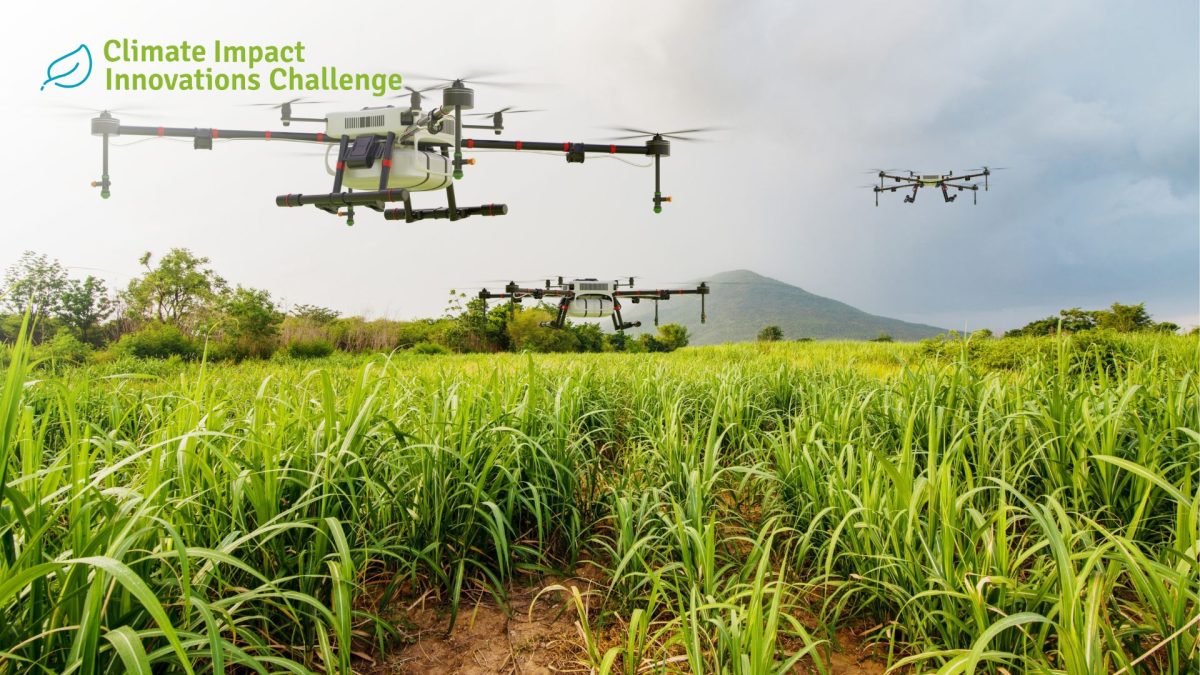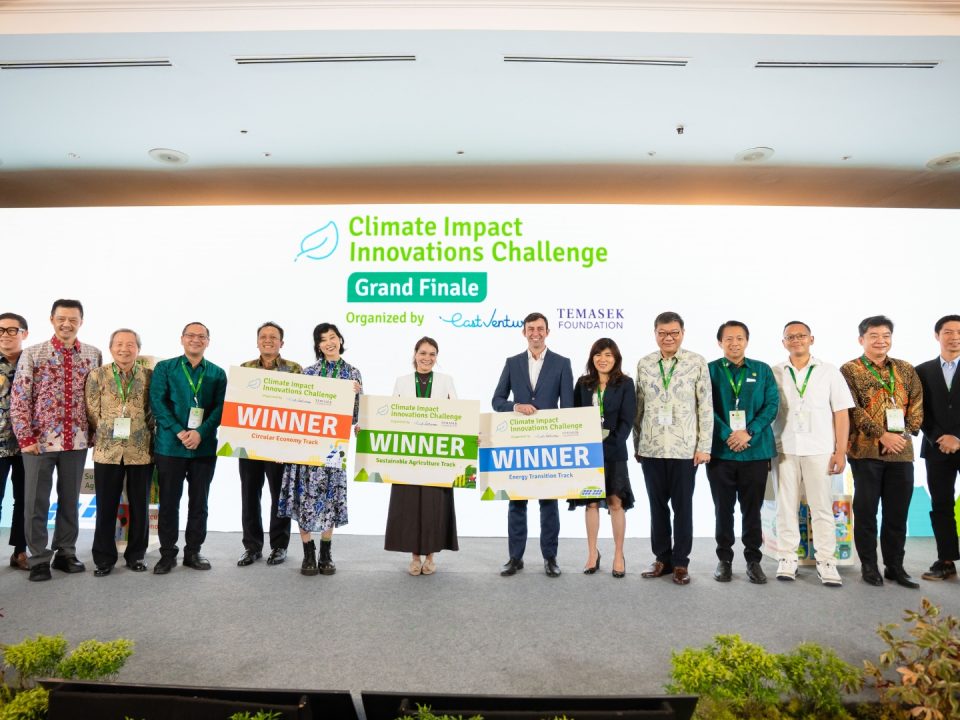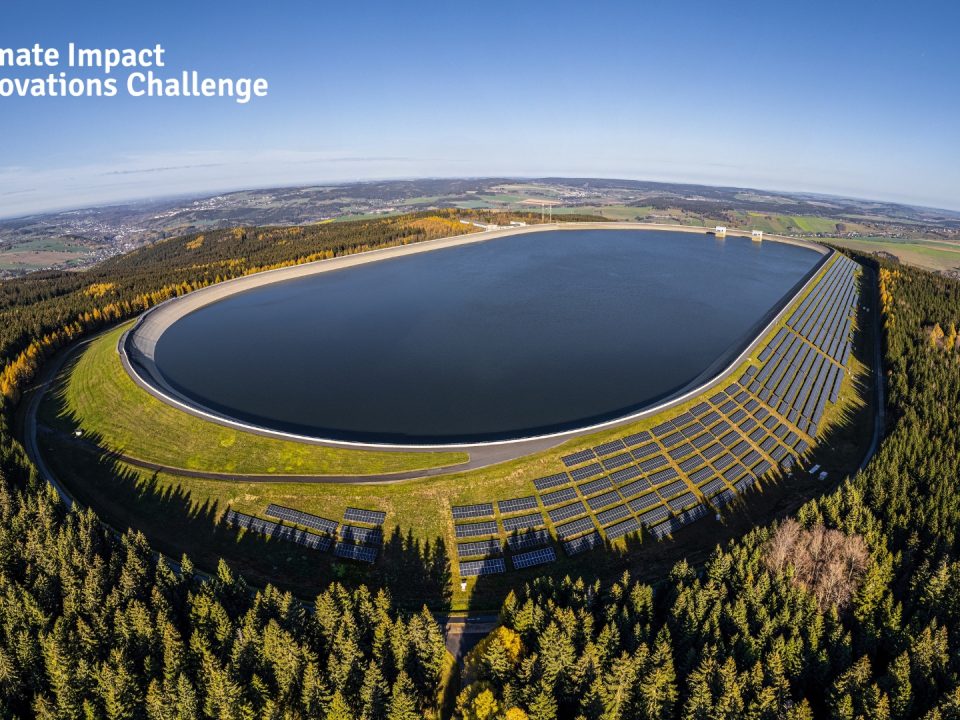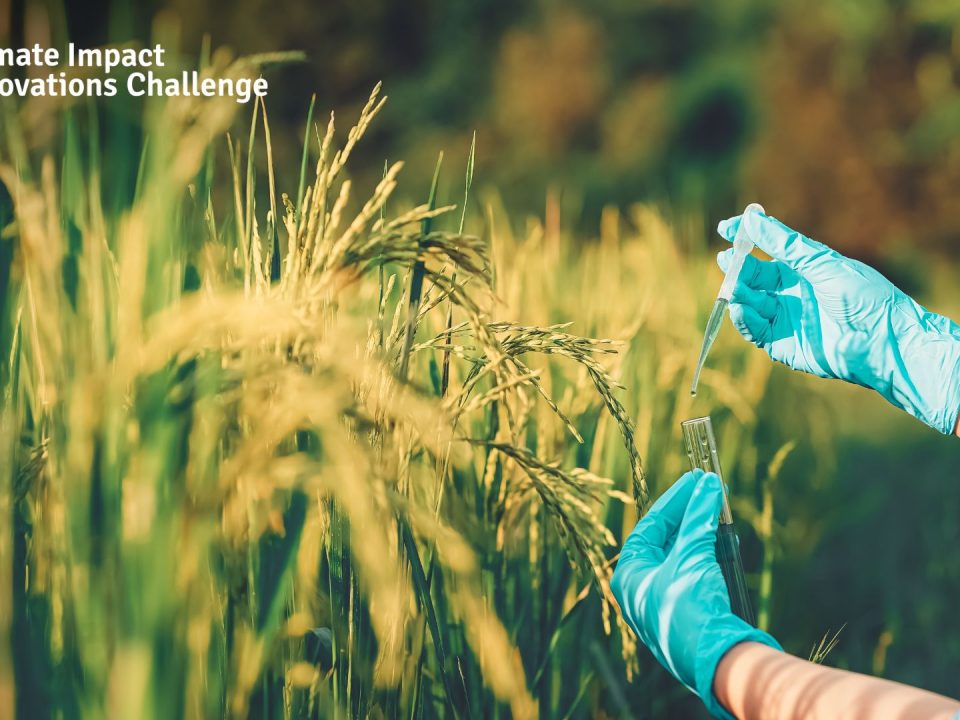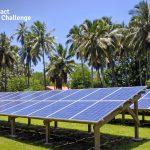
Indonesia’s Energy Revolution: How AI-Powered Island Microgrids Will Lead the World’s Clean Energy Transformation
June 20, 2025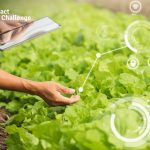
From Information to Innovation: A Climate-Smart Platform for Sustainable Agriculture in Indonesia’s Peatlands
July 22, 2025Affordable Food for the Price of Our Planet
Written by Faris Aslam Revalin
A weekly occurrence for millions
It’s Sunday, which means it’s time to stock up on food. You go into a supermarket to fetch the basics – cereal, milk, some spinach, chicken breast, and you plan to have barbeque next Friday, so you stock up on some ribs as well. You don’t really think about anything other than buying items at the best price.
But have you thought about food on a macro scale?
Imagine this – millions of people are doing the same thing you’re doing.
And to do that, thousands of farmers are supplying the food that you eat.
The true cost of what we eat
Modern agriculture, as it turns out, is one of the biggest contributors to climate change. The global food system, from clearing forests for crops to transporting frozen chicken across oceans, accounts for over one-third of all greenhouse gas emissions. And that’s just the climate story. There's also biodiversity loss, soil degradation, and water pollution woven into the fabric of our food production.
Take beef, for example. It’s delicious, high in protein, and relatively inexpensive in some parts of the world. But to produce just one kilogram of beef, it takes about 15,000 liters of water and emits around 27 kilograms of CO₂-equivalent gases – that’s more than driving a car for 100 kilometers. Much of this comes from feed production, methane released by cows, and land-use change, especially deforestation.
Meanwhile, industrial monocultures are poisoning the soil with chemical fertilizers and pesticides. These substances help increase yield, but often at the cost of soil health and freshwater systems. Runoff from farms fuels algal blooms in rivers and oceans, creating “dead zones” where marine life can’t survive.
Cheap today, costly tomorrow
Why do we accept this trade-off? In part, because the costs to the environment aren’t reflected in the price tag. When you buy a fast-food burger for a few dollars, you’re not paying for the carbon it took to produce the beef, the nitrogen pollution from the corn fed to the cattle, or the trees cleared to make way for grazing land.
This illusion of cheapness is made possible by subsidies, global supply chains, and industrial farming methods that squeeze every drop of efficiency out of nature.
This results in more food for lower prices, but a deeply concerning, unsustainable system.
The pressure to feed a growing world
It’s not just about excess. There's a genuine global challenge here: how do we feed nearly 10 billion people by 2050 without destroying the ecosystems we all depend on?
That question haunts policymakers, scientists, and farmers alike. The solutions aren’t simple, but they are emerging.
Shifting away from meat-heavy diets, especially in wealthy countries, could significantly cut agricultural emissions. Investing in farming methods that rebuild soil, store carbon, and reduce chemicals can help regenerate and reverse damage. Also, reducing food waste (which currently accounts for about 30% of all food produced) could ease the pressure to produce so much in the first place.
Rethinking what “value” means
At the heart of it all is a cultural shift we need to make: from valuing food only by its price, to valuing it by its impact. That tomato that costs a bit more but was grown without chemicals and shipped locally? It might actually be the cheapest option when you consider the long-term planetary cost.
We also need to stop placing the burden solely on consumers. Structural change is needed in the form of better policies, fairer subsidies, transparent labeling, corporate accountability, and more sustainable food practices. Because while individual choices matter, systemic reform is how we scale sustainability.
CIIC intervention
The Climate Impact Innovations Challenge boosts sustainability efforts in the agricultural sector by promoting the development of climate-resilient crops, water-efficient technologies, and sustainable farming practices. It encourages using innovative agriculture tools like AI and IoT for precision farming, reduces greenhouse gas emissions through low-carbon solutions, and supports circular agriculture innovations such as composting and bioenergy. By providing funding, market access, and training, the challenge empowers farmers—especially smallholders—to adapt to climate change, improve productivity, and enhance their livelihoods.
East Ventures and Temasek Foundation call for agricultural, energy transition, and circular economy innovators to step up and allow their ideas to be presented at CIIC, and nurture those ideas into pilot projects that have outstanding breakthrough potential. With the current state of climate and global food demand, sustainable solutions are becoming increasingly crucial to transform our agricultural issues into valuable opportunities.
So, what do we do?
We can start by asking better questions. Where did this food come from? How was it grown? Who grew it? And under what conditions?
Eating more mindfully doesn’t mean giving up convenience or joy. It means recognizing that every bite connects us to the land, the climate, and to people we may never meet. In a world that desperately needs healing, food innovation might just be one of our most powerful tools.
Yes, we need affordable food. But it shouldn't come at the price of our only home.
Faris Aslam Revalin is a runner up of the Climate Impact Innovations Challenge 2025 Article Competition.


